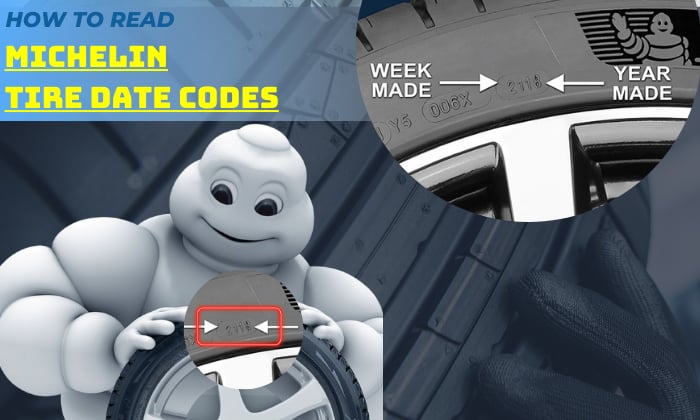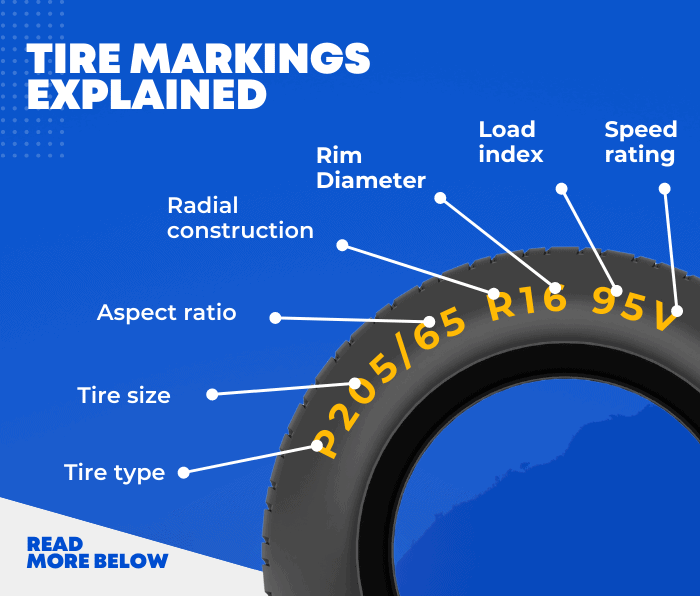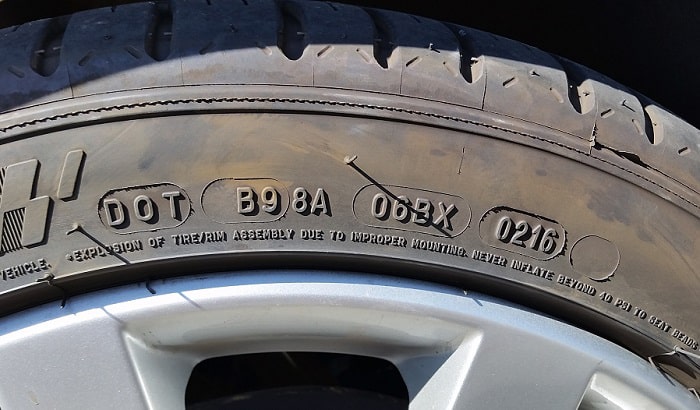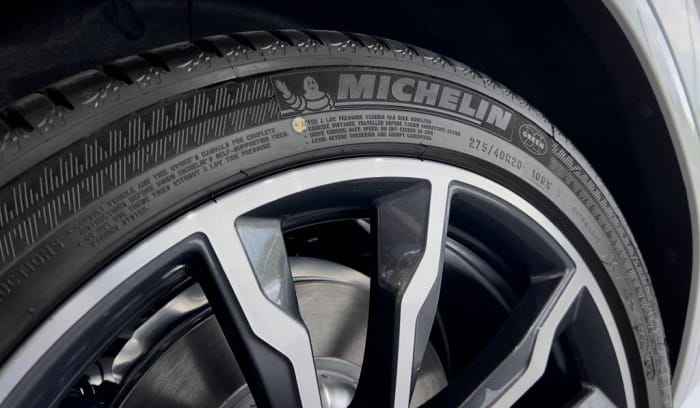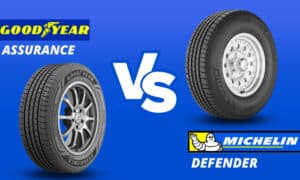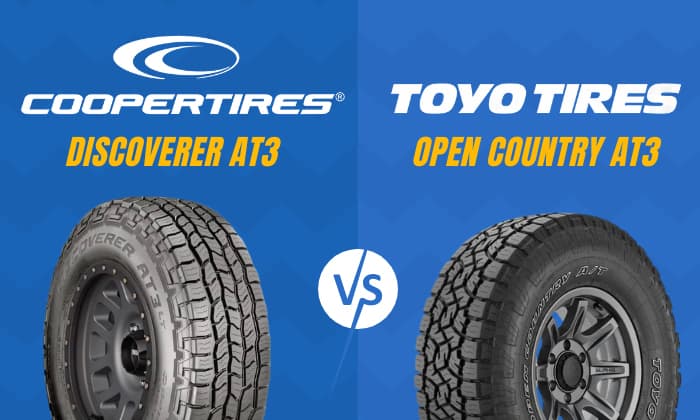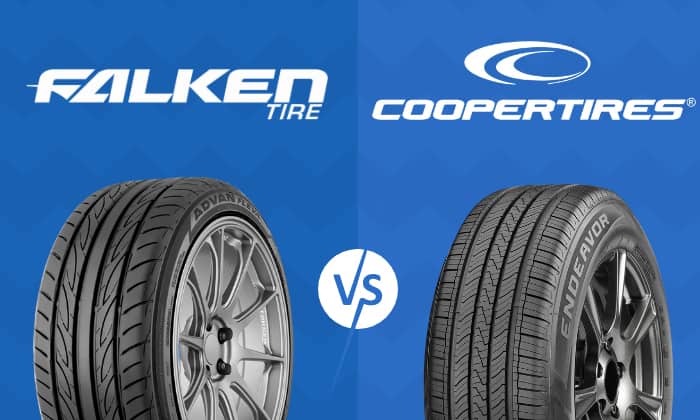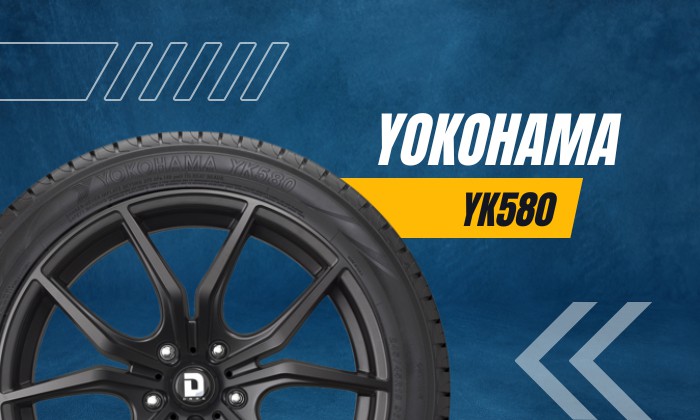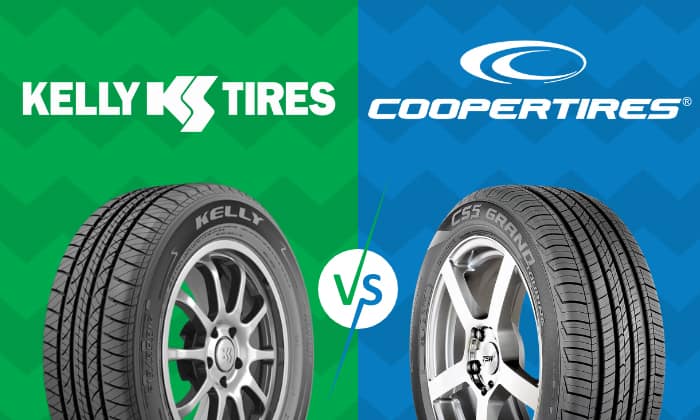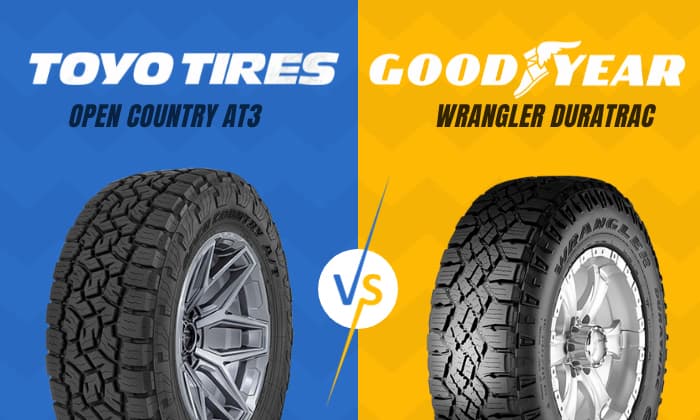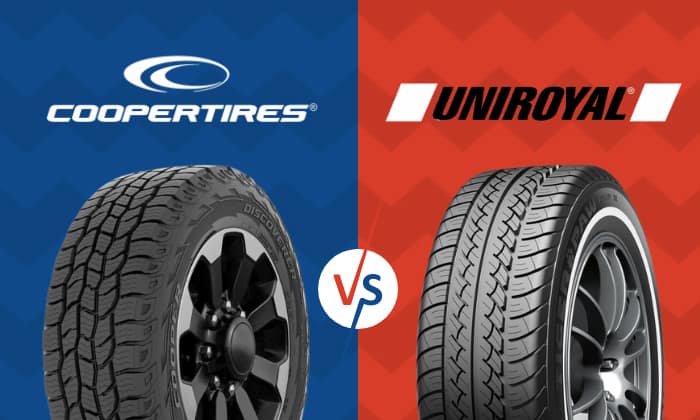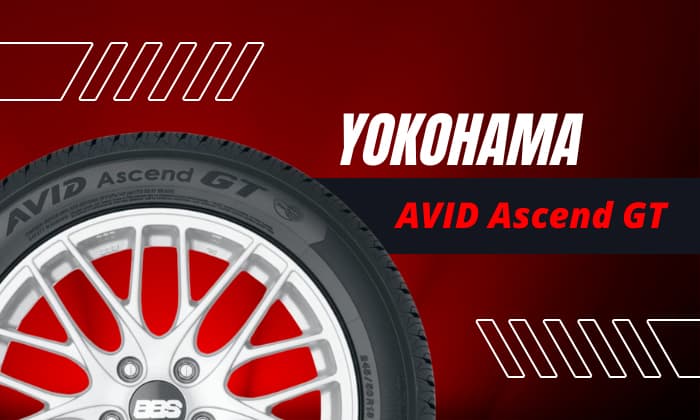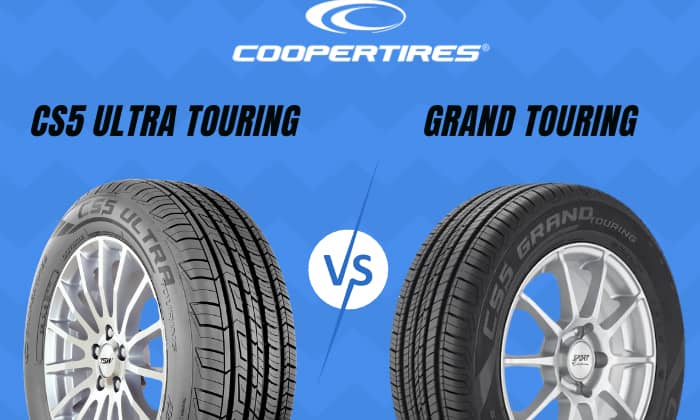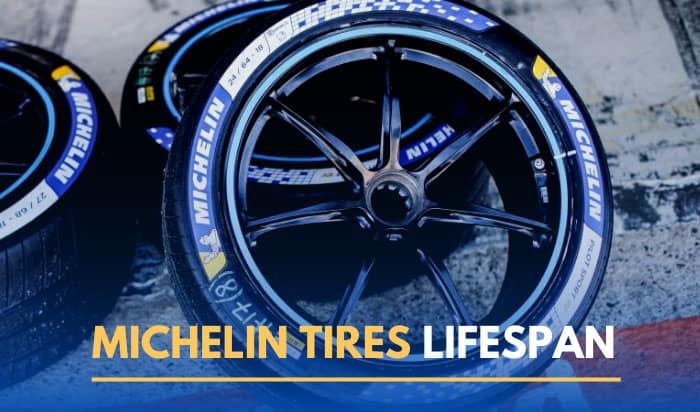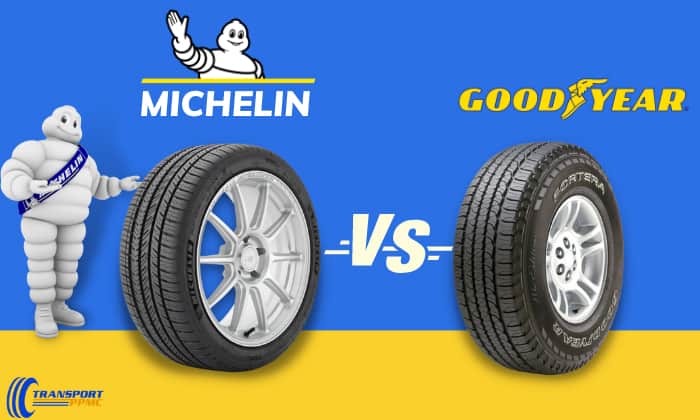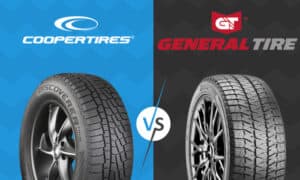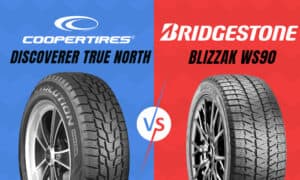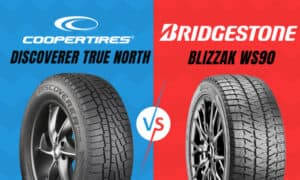Most tire manufacturers recommend replacing tires after they reach six years of age. They embossed the tire manufacture date along with other critical information on the product’s sidewall.
As you read these inscriptions, you might find the letters and numbers confusing. So, how to read Michelin tire date codes?
Michelin tire dates can be found in the last grouping of 3 or 4 numbers in the DOT tire code. The first two digits represent the week of manufacture while the last two numbers specify the year the tire was produced. For instance, a DOT code that ends in “0512” means the tire was made in the 5th week of 2012.
Table of Contents
Do Tire Codes Matter?
Whether you like it or not, tires expire after ten years at the latest because they contain organic materials that degrade over time. For example, tires made of rubber lose their elasticity as they age.
Some tires may break down faster than other brands because the compounds react differently to various factors like heat, ice and other driving conditions. So not knowing when exactly to replace them may compromise your safety.
For these reasons, tire manufacturers use markings to help vehicle owners estimate how long they can use certain products, even if the brand promises strong treadwear warranty like Michelin.
Ways to Find Michelin Tire Date Codes
There is no specific regulation that standardizes the placement of any tire date code Michelin inscribes, but there are two ways to find this information.
1. Use the tire date code chart printed in your dealer registry card.
2. Check the DOT tire code in the inner or outer sidewall of your tire.
The Michelin Tire Sidewall
To make sure that you know how to tell when tire was made, it is important to familiarize yourself with the type of information included in Michelin DOT code lookup.
The Michelin tire sidewall displays three sections of sequences. They are:
1. Tire Specification
This is the most visible section because it reveals the following:
- Tire type (P for passenger, LT for light trucks, T for temporary spare, and ST for special trailers)
- Tire size (the measurement of the tire width in millimeters)
- Aspect ratio (percentage number seen after a slash mark, compares the tire’s height to its width)
- Internal construction (R for radial, D for bias ply or diagonal, and B for bias-belt)
- Rim Diameter
- Load index (for passenger tires, XL appears after the number to indicate extra load capacity when tires are properly inflated, no letter means a standard load)
- Speed Rating
In brief, it may look like this: P 245/50 R17 98V
Note that if you don’t find any “P” letter in the code, it means that the tire follows Euro metric size. Such a model will have a higher load than its P-metric counterpart.
2. Michelin Tire DOT Code Decoder
After the word “DOT,” you’ll find the plant location, manufacturing code, and the tire’s birthday.
In other words, the Michelin tire manufacture date can be found at the end of the second section. They are the last four digits of the tire code, usually below the tire specs.
This sequence is also called the DOT safety code or DOT TIN (Department of Transportation Tire Identification number). It can be up to 13 characters.
3. UTQG rating
UTQG stands for Uniform Quality Tire Grading. This section shows the tire’s treadwear, traction, and temperature grades as determined by National Highway Traffic Safety Administration (NHTSA).
Ways to Read Michelin Tire Date Codes on the Sidewall
1. Search for the letters “DOT”.
The DOT stamp has the following codes in order from first to last:
- Plant code (indicates the manufacturing plant location; tires made after 2015 have three-digit plant codes)
- Size code (letter and number)
- Manufacturing Code – These are used to differentiate the models.
For example, 001x and 002x were traced in a complaint for Michelin Pilot Sport.
So if you feel that the manufacturing code is unusual like 006x or 009x, it’s not the date the tire was made. You’ll need to focus on the next few digits for that, which are the year and week codes.
2. Look for the last group of raised numbers at the end of the DOT code.
Remember that the tire date code before 2000 has three numbers in the last grouping of the DOT sequence. The first two digits represent the week of the year while the third or last number indicates the year of manufacture.
For example, if the DOT code ends with “214,” it means the tire was built during the 21st week of 1994.
Meanwhile, models made after 2000 will have four numbers, wherein the first two digits specify the week the tire was made and the remaining two digits refer to the manufacture year.
As an illustration, if the last four numbers of the DOT code are “0514”, then the tire was made in the 5th week of 2014.
Now that you know how to identify which code stands for tire manufacture date location and other info, you can calculate Michelin tire age.
Even if Michelin produces different designs of sidewalls, be assured that the date code on Michelin tires is always printed on both sides of the sidewalls.
Conclusion
Learning how to read Michelin tire date codes is a basic skill for vehicle owners.
At first, the tire markings may seem confusing because they use different sets of letters and numbers. It is possible to mix up the week of manufacture with the production year.
Reading the codes on the tire’s sidewall will be a piece of cake if you familiarize yourself with the arrangement of the information such as the DOT, plant code, manufacturing code, etc.
If you find this guide helpful, feel free to tell us other topics you would like to learn about.



